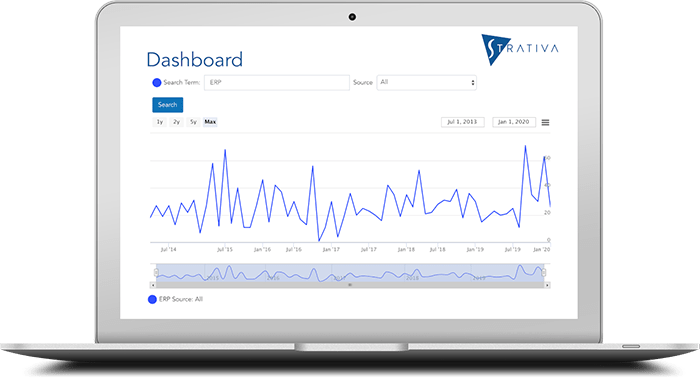
Developing an IT strategy for some organizations can be difficult because of the presence of a legacy system. Legacy systems that are old, out-of-date, and difficult to maintain are a huge obstacle to innovation. As a result, business leaders become increasingly frustrated by their inability to roll out new mobile apps, connect with customers, analyze business performance, or become a digital business.
In recent years, it has become popular to describe organizations with an out-of-date legacy system as being in “technical debt.” We would take this a step further. If an organization ignores the need to update the system for too long, it can lead to what we refer to as “technical bankruptcy.”
We define technical bankruptcy as a situation where the organization cannot, or finds it exceedingly difficult to, pay off the technical debt. It does not mean that the organization is in financial bankruptcy but rather that its systems are broken or held together in a way that makes them extremely difficult to upgrade.
Significant Percentage of Organizations Are at Risk of Technical Bankruptcy
Our work with clients over the past several years have given us new insights into challenges facing organizations that have out-of-date legacy systems. Now, we have combined these insights with survey data from our sister IT research firm, Computer Economics, to produce a new report, Avoiding Technical Bankruptcy in Legacy Systems (click to download).
Figure 3 from the full report shows the magnitude of the problem as it applies to ERP systems. A small but significant percentage (7%) of organization have not upgraded their ERP systems for 10 or more years. These are likely to already be in technical bankruptcy. But the 13% of organizations that have not upgraded their systems in the five-to-nine-year time frame are in the danger zone: Technical debt is building, and if the organization does not undertake a major upgrade, it risks falling into technical bankruptcy.
Signs of Technical Bankruptcy
What are typical signs that a legacy system has reached the stage of technical bankruptcy? We found five characteristics:
- Extensive modifications, extensions, and interfaces.
- Poor understanding of the system by users and IT alike
- Direct involvement of IT personnel in business processes.
- Legacy system atrophy as shadow IT emerges.
- Upgrade or replacement hard to justify.
In the full report, we explore the symptoms of technical bankruptcy and the devastating effects that it has on the organization. We continue by quantifying the scope of the problem specifically for ERP systems, using our research on the typical age, frequency of upgrades, and extent of modification of these systems.
Most importantly, we conclude with recommendations on how to avoid technical bankruptcy and, for organizations that have reached this stage, strategies for getting out and staying out of technical bankruptcy going forward.
Download the full report, free: IT Strategies for Legacy Systems: Avoiding Technical Bankruptcy.
Bonus: Watch a Datamation video interview about the report with Strativa President, Frank Scavo.

